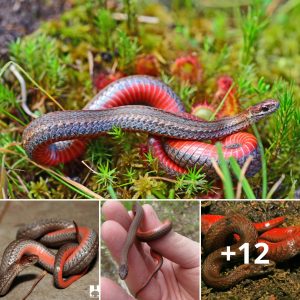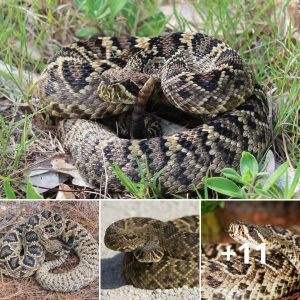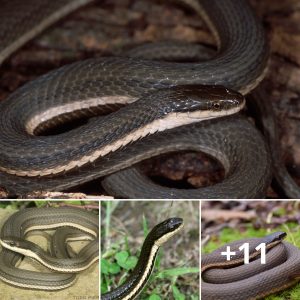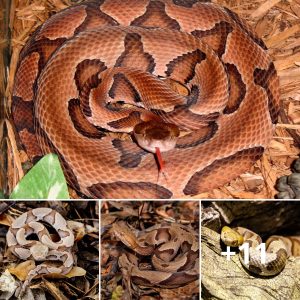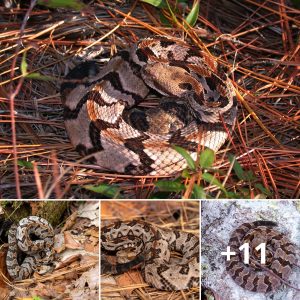“Exploring the Eastern Indigo Snake (Drymarchon couperi): A Species Profile”

Description: The eastern indigo snake (Drymarchon couperi) is a massive, black snake. It is the longest snake native to the United States, ranging in size from 60-84 inches (152-213 cm), and is entirely shiny bluish-black color, including the belly. The chin and sides of the head are usually colored reddish or orange-brown. Juvenile indigo snakes look very similar to adults but have much more red on their heads. Indigo snakes are sexually dimorphic, with males growing to larger lengths than females.
Range and Habitat: Eastern indigo snakes are restricted to Florida and southern areas of Georgia, Alabama, and Mississippi. Although reported historically from extreme southern South Carolina, indigo snakes have not been confirmed in the state in recent years and the early records are questionable. The closely-related Texas indigo snake (Drymarchon corais) is found in southern Texas and other subspecies range into Central and South America. Until relatively recently, all indigo snakes in the U.S. were considered to be the same species, D. corais.
In the Southeast, indigo snakes are restricted to areas of xeric pine-oak sandhills, which are usually inhabited by gopher tortoises. These snakes use gopher tortoise burrows as shelter during the winter and during the warmer months for nesting and refuge from intense summer heat. During the active season indigo snakes may move long distances and often forage along wetland margins.
Habits: Indigo snakes are active strictly by day. During the summer they prefer wetland edges where prey is abundant but move to drier habitats in the winter. Indigo snakes breed in the winter and are more active in cold weather than most other snakes. When cornered, they may flatten their heads, hiss and vibrate their tails, which produces a rattling sound. Despite these intimidating acts, the indigo snake rarely bites. Indigo snakes regularly feed on mammals, birds, frogs and other snakes, including rattlesnakes and cottonmouths. Also, these snakes will occasionally feed on young gopher tortoises.
Conservation Status: The eastern indigo snake is currently listed as a federally threatened species in Georgia and Florida, due primarily to habitat loss. This species is protected throughout its range.
Pertinent References:




